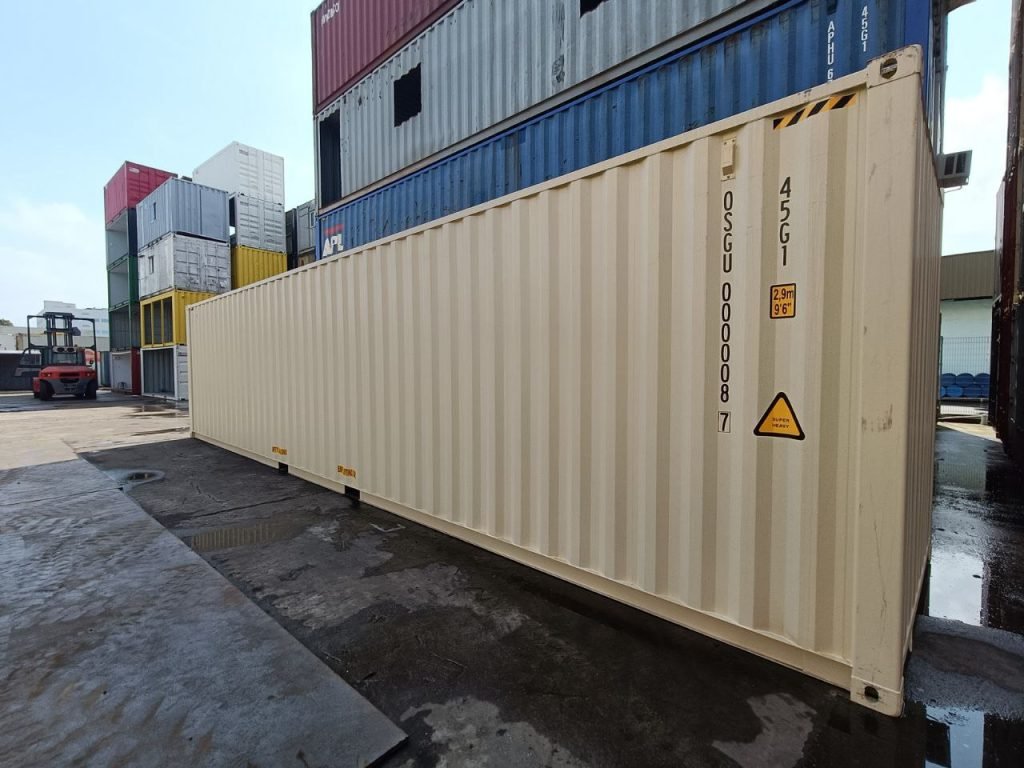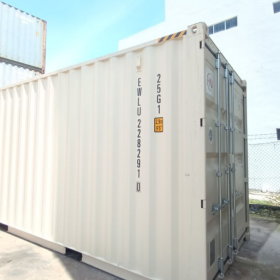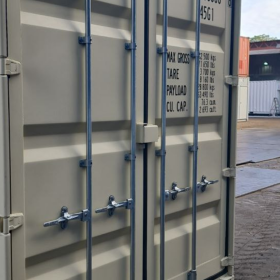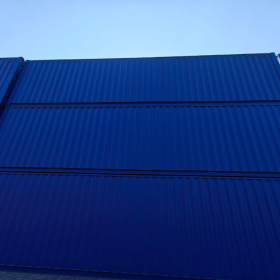The History of Shipping Containers: From Humble Beginnings to Modern Marvels
Shipping containers are the unsung heroes of global trade, facilitating the seamless movement of goods across oceans and borders. These unassuming metal boxes have revolutionized the logistics industry, but their journey from humble beginnings to modern marvels is a fascinating story of innovation and transformation.
Early Transportation: The Need for Standardization
Before the advent of shipping containers, goods were transported in a variety of ways, including barrels, crates, and wooden pallets. This system was inefficient, labor-intensive, and prone to damage. In the early 20th century, the lack of standardization meant that cargo handling was cumbersome and slow, often requiring multiple transfers between different modes of transport such as trucks, ships, and trains.
The Birth of the Modern Shipping Container
The concept of a standardized shipping container is credited to Malcolm McLean, an American trucker and entrepreneur. In the 1950s, McLean recognized the inefficiencies of cargo handling and envisioned a more streamlined approach. His breakthrough came in 1956 when he introduced the first modern shipping container aboard the SS Ideal X, a converted tanker ship. This container was a simple, rectangular steel box measuring 8 feet by 8 feet by 40 feet, designed to be easily loaded onto and offloaded from ships, trucks, and trains.
McLean’s innovation was groundbreaking. The container allowed for the bulk transport of goods without the need for unpacking and repacking at each stage of the journey. This not only sped up the transportation process but also significantly reduced costs and cargo damage. The success of the SS Ideal X demonstrated the potential of the containerized shipping model, leading to widespread adoption.
Standardization and Global Expansion
The next crucial step in the evolution of shipping containers was the establishment of industry standards. In 1961, the International Organization for Standardization (ISO) introduced the first international standards for container dimensions. This move ensured that containers would be uniform in size and design, allowing for compatibility across different modes of transport and facilitating global trade.
The ISO standards specified dimensions such as the 20-foot and 40-foot container sizes, which became the industry norms. The standardization of container sizes and fittings not only improved efficiency but also allowed for the development of specialized containers for different types of cargo, including refrigerated containers for perishable goods and tank containers for liquids.
Technological Advancements and Modernization
As global trade expanded, so did the complexity of shipping operations. Technological advancements continued to shape the shipping container industry. In the 1980s and 1990s, the introduction of advanced cargo tracking systems, such as RFID technology, revolutionized the way containers were monitored and managed. This technology allowed for real-time tracking of shipments, improving supply chain visibility and security.
The development of larger and more sophisticated ships, known as “mega-ships,” further transformed the industry. These vessels are designed to carry thousands of containers, increasing the efficiency of ocean freight and reducing transportation costs. The largest container ships can now exceed 400 meters in length and have a capacity of over 20,000 twenty-foot equivalent units (TEUs).
Sustainability and Future Trends
In recent years, there has been a growing focus on sustainability within the shipping container industry. Efforts are being made to reduce the environmental impact of shipping operations through initiatives such as the use of eco-friendly materials, improved fuel efficiency, and waste reduction practices. The shipping industry is also exploring the potential of new technologies, such as autonomous ships and alternative fuels, to further enhance efficiency and sustainability.
Conclusion
The history of shipping containers is a testament to the power of innovation and standardization. From Malcolm McLean’s initial idea to the sophisticated logistics networks of today, containers have fundamentally changed the way goods are transported around the world. Their impact on global trade cannot be overstated, as they have enabled the efficient movement of goods on an unprecedented scale. As technology continues to evolve, the shipping container industry will undoubtedly adapt and innovate, shaping the future of global commerce for years to come.






